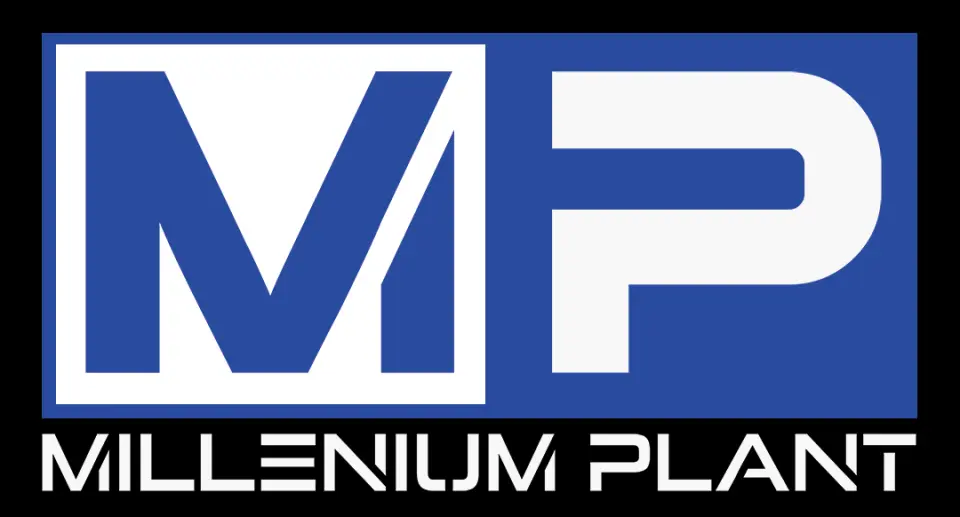© Copyright 2024 Millenium National Plant Sales - All Rights Reserved

Track Sizing and Fitting
We stock a wide range of rubber tracks fitting over 4,400 machines in width sizes ranging from 180mm to 700mm.
There are two main construction types for rubber tracks – Conventional and Interchangeable.
Conventional type rubber tracks can only be operated on undercarriages designed for rubber tracks only.
Interchangeable type rubber tracks can be used on undercarriages designed to operate steel and rubber tracks. Interchangeable tracks can be made in a long pitch or short pitch style track, the short pitch design helps to reduce vibration when operating a machine in second speed.
Which is best steel tracks or rubber?
On machines over 10tonnes steel tracks are preferred. On lighter machines rubber tracks work very well as they don’t stretch like steel chains do, they are kinder to the undercarriage and much smoother to drive on. The other big advantage is they can be used on any surface without causing any damage.
How do I find my track size?
There are several ways to find out which replacement track you need. First, check your existing track to see if the size is stamped into the rubber. It is usually very difficult to find the track size as it is common for the stamp to wear off during normal use. If you can't find a track size stamped into the rubber then you can take three simple measurements that will determine which replacement track you need.
1 - Measure the width of the track in millimetres.
2 - Measure the distance from the centre of one link to the centre of the next link (in millimeters). This is commonly known as the pitch of the track.
3 - Count the number of links, or lugs all the way around the track.
How do I install my new tracks?
Ensure that all running gear components e.g. Sprocket, Idlers and Rollers are in good order; any worn parts should be replaced prior to fitting the new rubber tracks.
Where the machine has been previously fitted with steel tracks it is recommended that the sprockets are changed prior to installing rubber tracks. The “burring” on the sprockets caused by the steel tracks can quickly damage the links on the rubber track.
Standard procedure for fitting Rubber Tracks.
1. Removing Existing Rubber tracks
• Lift machine from the ground using boom and blade
• Release track adjuster valve, normally located in frame
• Pull idler back as far as possible. Stand on track to help pull back idler if needed.
• The old track should then have enough slack to slide off the machine
2. Fit New Rubber Tracks
• Start to fit at the idler end of the machine
• Place track over front idler wheel and align with the rollers
• Slide over rear drive sprocket and if needed turn the track motor to drive into the new track.
• Check that the Idler guide and rollers are all aligned with the track lugs
3. Adjust Tension
• Pump up track tensioner to leave 10-15cm slack below centre roller when machine is
lifted off the ground
4. Run & Test
• Run the machine briefly and then check that track tension is correct and all rollers, idlers
and sprockets are correctly aligned.
To maximize the life of the tracks the track tension should be checked every 10-15 hours.
